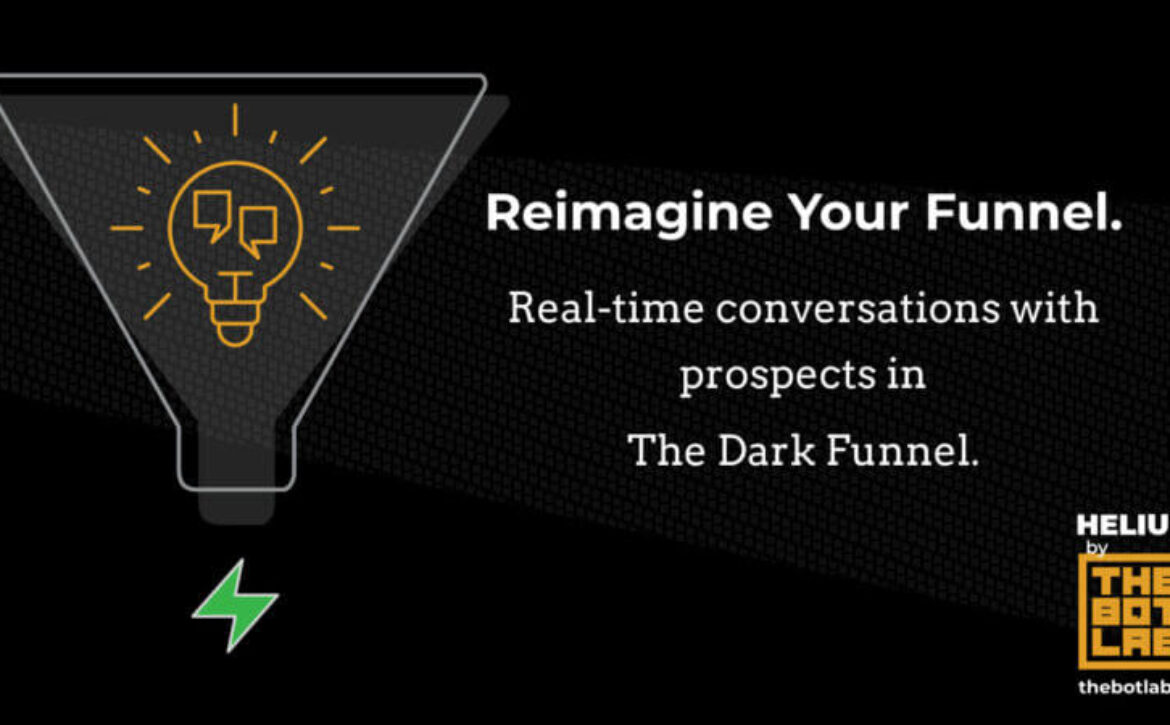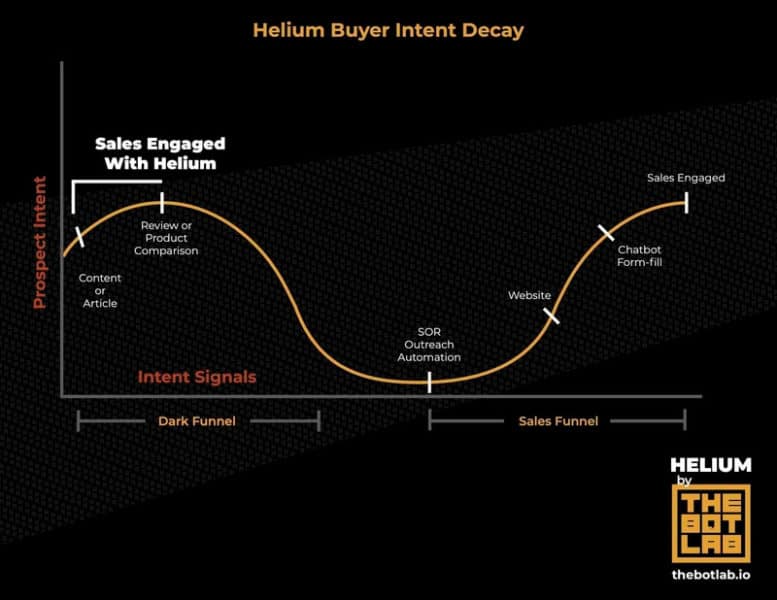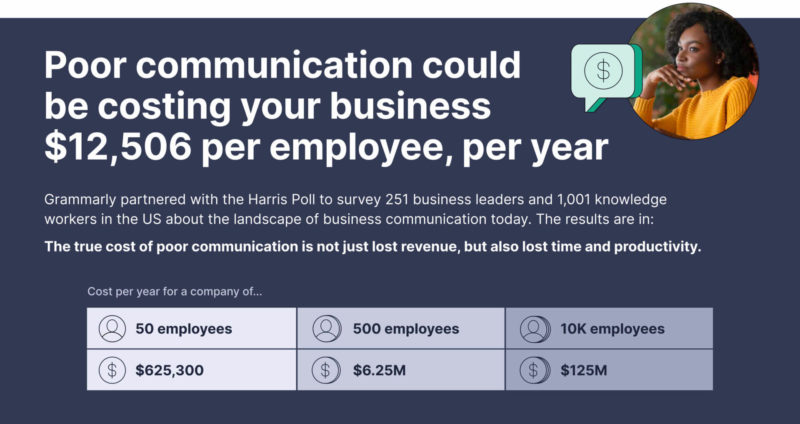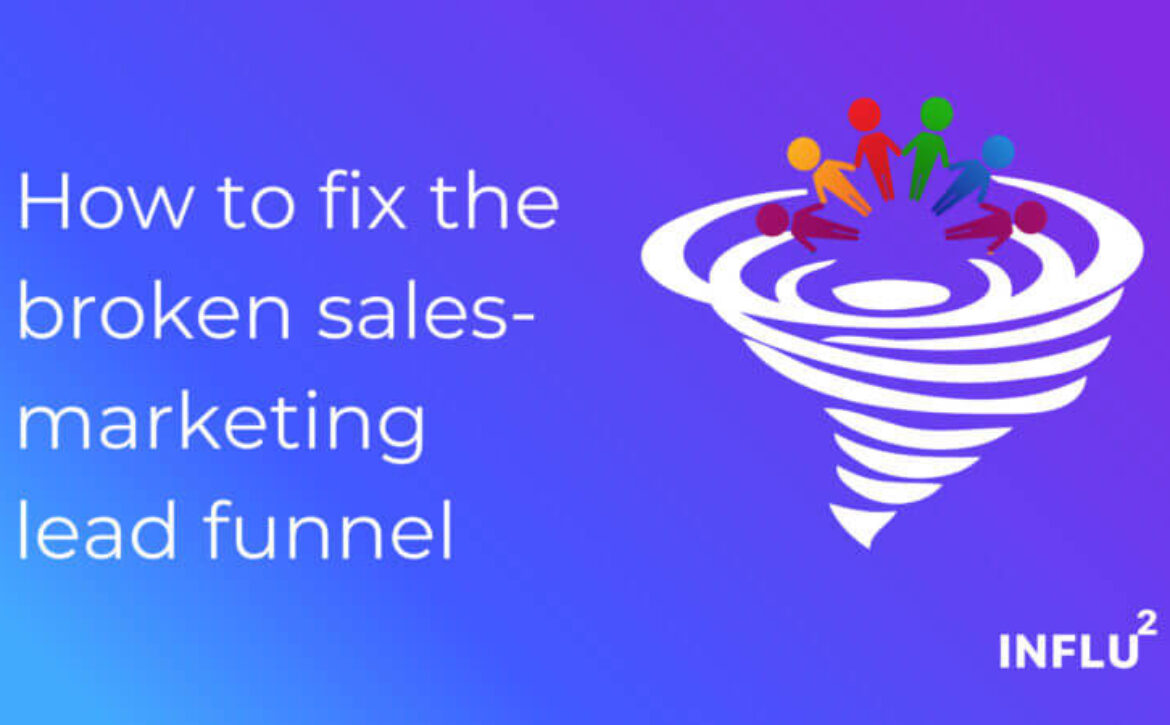If you’ve worked in any organization, large or small, regardless of whether it is a B2B or B2C, sales, marketing, and your customer experience team should always have an open-door policy when communicating with one another. If you don’t, you could be at risk of missing huge nuggets of valuable information that could enhance the buyer journey or help deliver better conversions.
Who is the customer experience team?
Typically, customer experience is how individuals perceive and interact with your brand. Customer experience interactions can include speaking to support or sales or consuming your content, such as ads or social media posts.
The customer experience team consists of individuals interacting with customers and analyzing customer feedback and data to enhance your company’s product or solution.
While more companies have specific roles for CX, your whole organization should be empowered to enhance the customer experience, regardless of their job title.
Where to find the right content
Look at your competitors or various tools to help you find suitable topics to develop. Perhaps looking within your organization could be another great asset for creating the right content that leads to conversion.
Your customer experience team is an area that has big benefits as they tend to be far more involved and intimate when it comes to your customers. The CX team has analyzed every touchpoint that a customer has at every interaction they have or could have and further improved the customer’s interactions.
More content, less ad spend?
Based on the Salesforce “State of Marketing” report, during the pandemic, it was cited that while advertising spending was decreased, developing helpful and insightful content was significantly increased. The business places more emphasis on creating this library of content to provide education and trust to help convince the customer of the value its solutions bring.
If this is the case of things to come, then it is imperative to determine what type of content to write about and whether it considers YMYL (Your Money or Your Life). Your CX team has a role to play in each of these efforts.
1. The testimonial
Social proof – in your emails, blogs, ads, and even direct mail pieces – can help customers trust your brand. Over 75% of consumers trust reviews even more than if a friend or family member recommends a product.
Testimonials have the power to increase sales leads by as much as 34%, so it is no wonder that if it isn’t a part of your content marketing initiatives to gain positive testimonials, then it definitely should be.
Some companies even incentivize their customer success/support managers to acquire testimonials. This type of content is a great way to prove your product or solution and share how it enhances peoples’ lives. Just make sure that acquiring reviews is done ethically. A fake review can hurt your brand more than having no reviews at all.
Also, your customer success managers and content marketing team should speak to each other regularly. Why? Testimonials can lead to longer content types. Think of success stories in the fitness industry. If someone came to your CX team and said they became healthier or were able to overcome a health challenge, wouldn’t you want to interview those individuals and gain additional insight? The testimonial can evolve into a success story which we all know is a gold mine.
Start by regularly reaching out to your CX team and finding out what testimonials have come about. When using a tool like Basecamp or Slack, create a group or channel all about this type of content. Not only will it educate others within your organization, but it also can inspire and motivate your team.
2. Improving your FAQ section
FAQ sections are places within your app or website that should provide value to your customer or prospect for them to have a better experience with your product or solution.
Often, FAQ sections are overlooked during a redesign or app refresh, leading to frustration. But your CX team can help quickly improve this section of your website.
Whether your product or solution has been around for some time or recently had some enhancements or updates, make sure your CX team is aware and keep in touch with them. They may have additional customer questions that will further improve the FAQ section.
Note: FAQ sections should not be taken lightly when developing content. Far too often, FAQ sections are set up poorly and with little thought about how they can convert. Please don’t make it just an SEO play when implementing your FAQ section. Look into the intent of each question and then pair it up with the right solution or product you’re selling. In addition, make sure top questions are higher up on the page and your FAQ section has a search bar.
3. AI customer experience
Whether your business is SaaS or e-commerce, having instant gratification during the customer support experience will only help your sales. If you use tools like Intercom or Zendesk, you know the real value of having that ammunition when your office is closed. Chatbots can save up to 30% in customer support costs and up response time.
In addition to sharing commonly asked questions, these tools can learn new questions over time. You can send these questions to your marketing team to turn those into helpful content for your customers.
4. Surveys
Did you know that 74% of readers’ data-focused content is more trustworthy than content not containing data? Surveys are a great place to obtain data that can then be used to market to your prospects and find out what products resonate with the consumers. Some types of survey questions include:
- Closed questions: Provide respondents with a selection of predefined answers.
- Rating scale questions: Rate service or product 1 to 10, 10 being most likely to recommend.
- Open-ended: Lets respondents reply with their own answer.
- Yes/no, multiple-choice, checkbox questions.
Your customer success team should work with your marketing team to determine what questions and what type of surveys will highlight areas of improvement. Once you have the list, you can create a Google Survey that doesn’t require much behind-the-scenes work.
Your customer success team may have the “in” on who to send the surveys to, as they more often than not will have a list of evangelists or brand ambassadors they’re aware of.
Incentivizing discounts on your products or services could be a great incentive to get those responses back. Another incentive you may want to offer is having your customer provide a quote. If they do, they may be more inclined to:
- Do the survey.
- Read the blog, white paper or case study from the survey.
- Share the blog, white paper or case study with their circles.
5. Improve or create rewarding content and products
As said above, yes, your customer experience team is can typically be within one area of your company, but what if you empowered your employees to go above and beyond? Think of all the great content that could come about.
Here’s one example:
An individual left their glasses on a train. A senior executive of the eyewear company was on the train and noticed it was a client. Not only did the executive recover the glasses, but the company also sent two replacement glasses. The individual who left their glasses wrote a post on Facebook that led to an article written on Forbes.
Another strategy is including customer success or support team when it comes to brainstorming content. Typically, they have a mental library of questions they receive via email, phone, or social media, which can later become engaging content that increases acquisition or retention.
Develop a repository of these questions, comments, or feedback, so marketing can easily access this content that can turn into more converting content.
Your customer success managers have insight into discussions about your brand. They are on the frontline, listening and responding to what is being said on social media. Tap into that area and find out how it can be turned into useful content.
TOMS shoes used social listening in their research and found out that a high level of conversations was happening around the topic of My Little Pony. They quickly took that information and developed a TOMS My Little Pony product. That shoe sold out within 48 hours.
Summary: A smarter way to enhance your content
Creating content related to your customers is the most crucial point of making your customer’s experience more enjoyable. Utilizing all aspects of your customer experience team will give you valuable insight into creating content and improving your library of existing content.
The more work you put into creating useful and fun content, the happier customers and prospects will be with your brand’s overall effort, as your customers will know that you hear them.
The post 5 ways your CX team can enhance content marketing efforts appeared first on Search Engine Land.

















